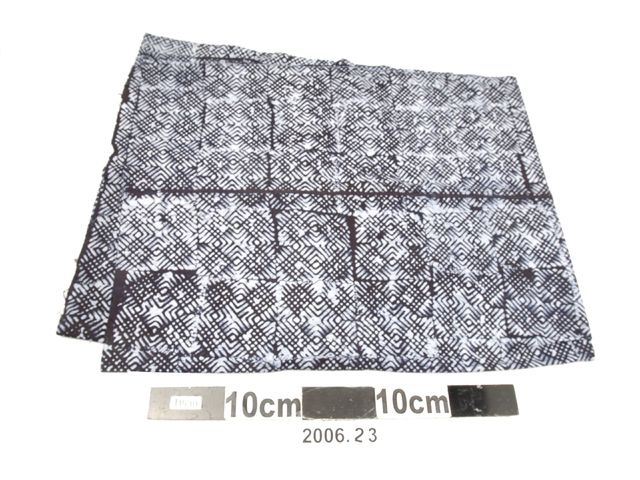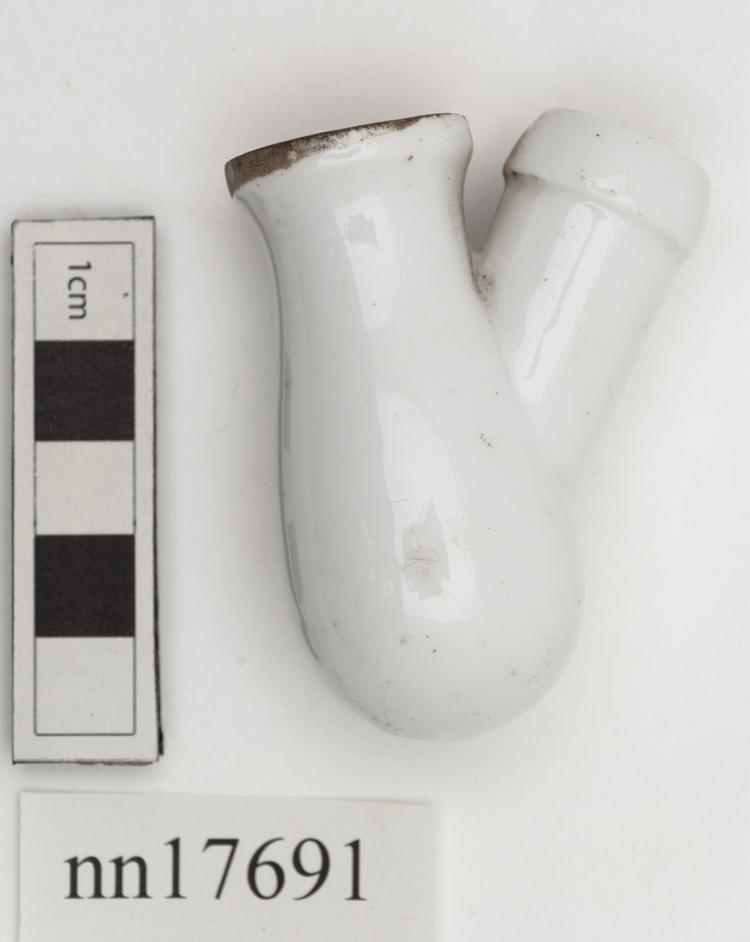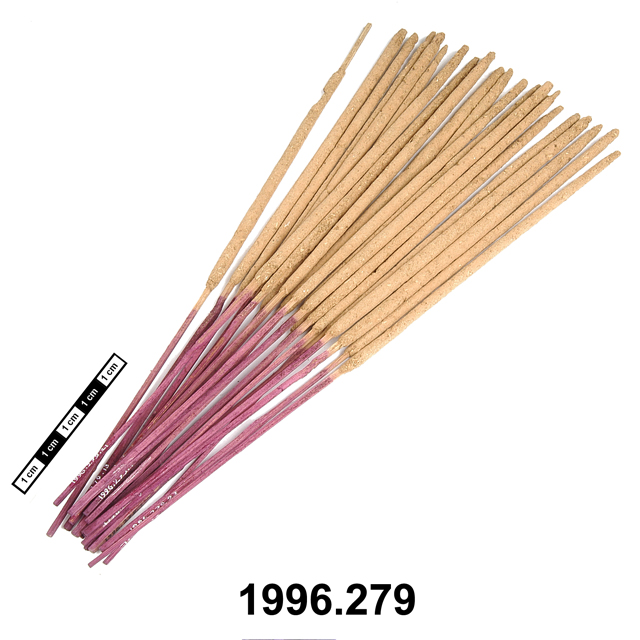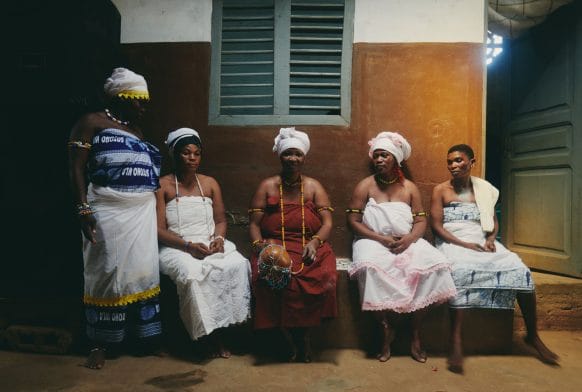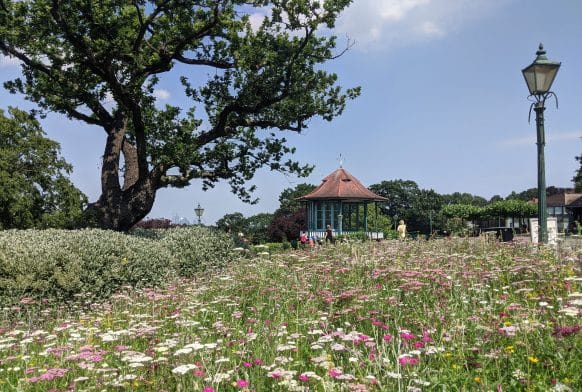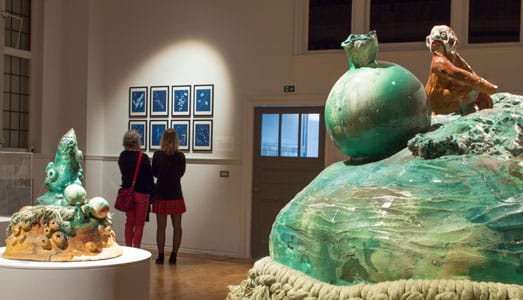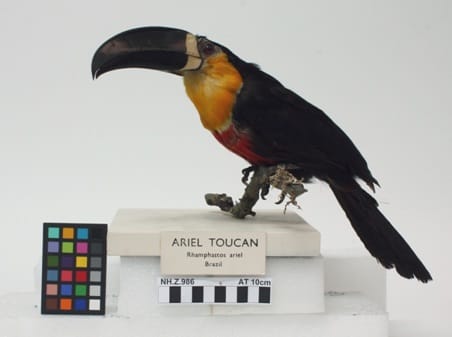Cartonnage death mask, Ptolemaic period.
Likely a woman from the length of the wig. Likely upper middle class from quality of the mask. Masks are often gold/painted gold because the A. Egyptians believed that the skin/body turned to gold in the afterlife.
The Ancient Egyptians practised mummification from about 2600 BC and it continued for about 3000 years. It was a skilled job carried out by specially trained priests because it was a religious ritual. Amulets (lucky charms) were placed between the strips of cloth. Early Egyptians buried their dead in pits in the desert and the hot dry conditions brought about a natural form of mummification. When they began to place bodies in coffins they found ways to preserve them because they believed that the soul would re enter the body in the afterlife. Much of our knowledge about mummification comes from the Greeks and in particular from the historian Heredotus who visited Egypt about 450 BC. Mummification was carried out by specially trained priests who were experts not only in surgery but also in religious ritual because if mistakes were made during the process the deceased could not pass to Duat, the underworld. Mummification took place in a special isolated place called a 'Wabet". Before the body could be wrapped the stomach, intestines, liver and lungs were removed to be preserved separately and placed in 'canopic' jars which were also placed in the tomb. They jars were inscribed with spells for protection. The heart was left within the body as they believed that, at the entrance to the underworld, it would be weighed on a balance scale against the feather of truth. If the scales balanced then the person had led a good life and could move into the afterlife. If not then there was no afterlife because the heart would be eaten by the god Ammut (Depicted with a crocodile head). The brains were removed through the nose and discarded then the brain cavity was filled with resin. The body was dried out using natron (a type of salt) and spices, which gave it a brown leathery appearance. When the body was dry it was packed with cloth to retain the shape, balls of cloth replaced the eyes in the sockets. Finally the body was wrapped in resin soaked cloth. This required many metres of linen and so old clothing was often used. Amulets were placed between the bandages to give spiritual protection. A larger scarab shaped amulet was placed over the heart with an inscription reminding it not to talk during the weighing of the heart. The Egyptians believed that the heart remembered all the events of your life and so might reveal something to prevent you reaching the afterlife. After the wrapping a mask was placed over the head painted with the face of the deceased. This was to help the soul recognise the body and return to it. The whole process took about 70 days but much of this time was taken up by religious ritual as the priests needed to recite the correct spells in order for the body to be accepted in the underworld. Egyptians believed that after one died their soul would live along with the gods but never completely left the land of the living. Souls could inhabit its well preserved body and go in search of food or talk to priests. The soul inhabiting the body could also use any objects it was buried with, hence wealthier families often buried the dead with objects they used in everyday life as well as objects made just for the tomb.
The mask was believed to provide a face and identity for the wearer in the afterlife. This mask would have been placed over the mummy's wrappings. The appearance of the mask would likely have been an idealised version of the wearer - these masks often had youthful features as it was believed this would become the person's appearance in the afterlife.



